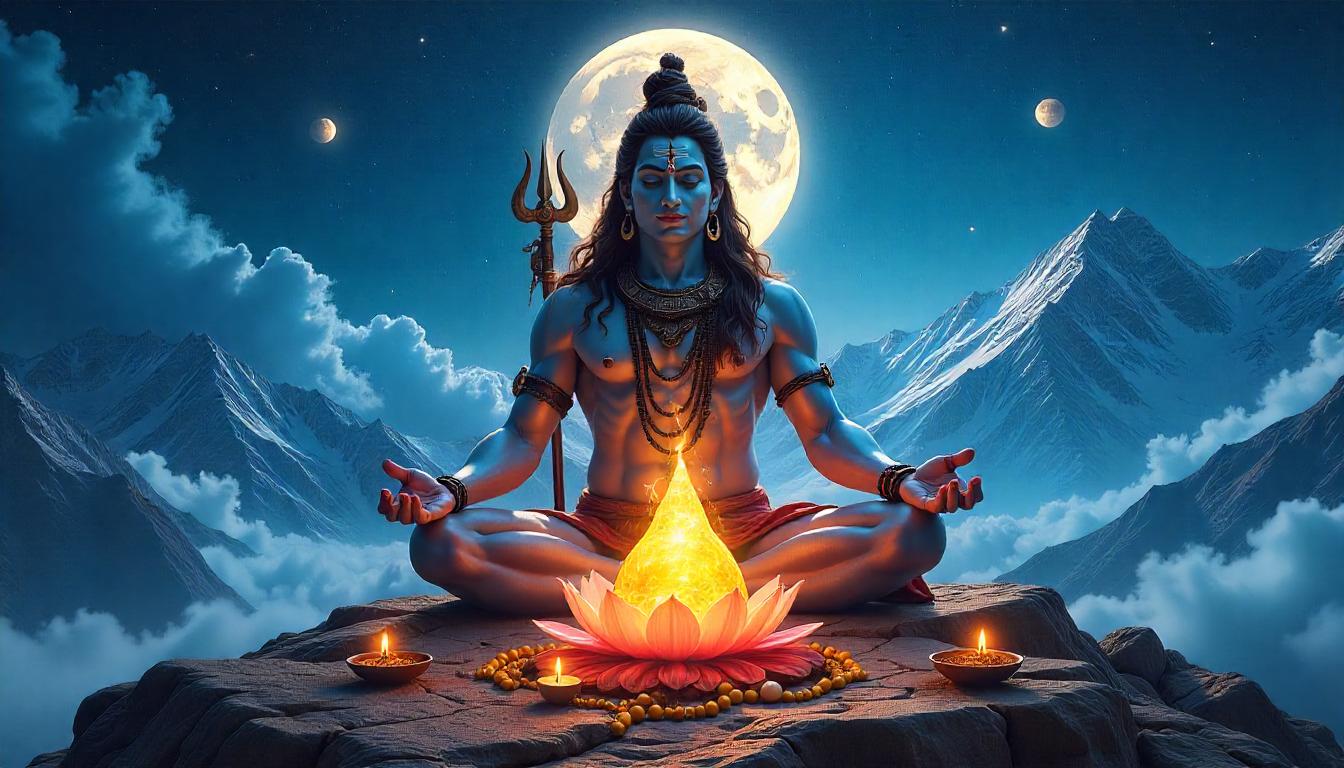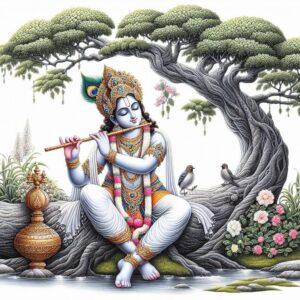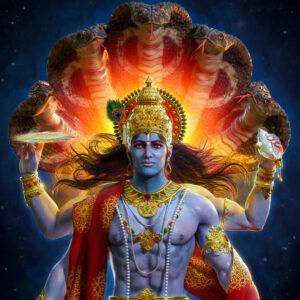
Shiva, also known as Siva, holds a prominent position as a principal deity in Hinduism. As a member of the Hindu triumvirate, alongside Brahma and Vishnu, Shiva is revered as the god of destruction and transformation. His association with darkness and his reputation as an “angry god” often overshadow his vital role in the cycle of rebirth and creation.
This exploration delves into Shiva’s significance within Hindu cosmology, the multifaceted symbolism that surrounds him, and his diverse manifestations.
Shiva’s Role in Hindu Cosmology
Shiva’s Crucial Position: As part of the Hindu trinity (Trimurti), Shiva complements Brahma, the Creator, and Vishnu, the Preserver. His role as the Destroyer is not simply about annihilation but rather about the essential transformation that paves the way for renewal and regeneration, perpetuating the universe’s continuous cycle.
Destruction as Transformation: Shiva’s destructive power is an integral part of the cosmic dance (Tandava), a dynamic force that maintains balance within the cosmos. This destruction is not an ending but a catalyst for new beginnings, ensuring the universe’s ongoing evolution.
Philosophical Interpretations: Shiva’s association with time and eternity transcends the temporal realm, positioning him as a force beyond human comprehension. Ancient scriptures, such as the Vedas and Puranas, offer profound insights into Shiva’s cosmic functions.
Mythological Narratives: Stories like the churning of the ocean (Samudra Manthan) illustrate Shiva’s pivotal role in significant cosmic events. His influence permeates Hindu rituals and daily spiritual practices, reflecting his profound impact on Hindu devotees.
Symbolism of Shiva
Third Eye: Representing higher consciousness and inner vision, Shiva’s third eye signifies his ability to perceive beyond the ordinary and access profound wisdom.
Matted Hair (Jata): Shiva’s matted hair reflects his ascetic nature and his mastery over time, symbolizing his detachment from worldly concerns and his connection to the eternal.
Trident (Trishula): This powerful symbol embodies the balance of power and the destructive force necessary for transformation. Poojn.in offers a selection of pure brass trishuls for your personal altar.
Cobra (Naga): The cobra coiled around Shiva’s neck signifies his mastery over death and fear, representing his control over the primal forces of nature.
Crescent Moon: Adorning Shiva’s forehead, the crescent moon symbolizes the cyclical nature of time and creation, highlighting the continuous ebb and flow of the universe.
River Ganga: The descent of the River Ganga through Shiva’s matted hair represents purification and the life-sustaining force that nourishes the world.
Drum (Damaru): The rhythmic beat of Shiva’s drum is associated with creation, the cosmic sound (Om), and the dynamic energy that permeates the universe.
Meditation: Often depicted in deep meditation, Shiva embodies inner peace and spiritual enlightenment, inspiring devotees to seek inner stillness and connect with their true selves.
Different Forms of Shiva
Nataraja: The Lord of the Dance, Nataraja, symbolizes the cosmic dance of creation, preservation, and destruction, encapsulating the cyclical nature of existence.
Ardhanarishvara: This androgynous form represents the unity of male and female principles, embodying the concept of non-duality and the interconnectedness of all things. You can find exquisite Shiva murtis at Poojn.in.
Bhairava: This fierce form embodies the destructive power necessary for transformation, reminding us that destruction is not always negative but can be a catalyst for positive change.
Ashutosh: Known as the easily pleased deity, Ashutosh grants boons to his devotees, reflecting his benevolent nature and his willingness to bestow blessings upon those who seek his favor.
Pashupati: As the Lord of Animals, Pashupati demonstrates Shiva’s deep connection with nature and his role as protector of all living beings.
Shiva Lingam: A symbol of divine energy and the union of masculine and feminine principles, the Shiva Lingam is a sacred object of worship for devotees. Poojn.in provides a variety of Shiva Lingams crafted from various materials.
Mahakala: Representing the eternal nature of time and ultimate dissolution, Mahakala embodies the cyclical nature of existence and the inevitable return to the source.
Regional Variations: Shiva’s diverse manifestations reflect his profound cultural significance across various regions, highlighting the adaptability and enduring appeal of his image.
Conclusion
Understanding Shiva, the Destroyer and Transformer, enriches our understanding of Hindu cosmology and the cyclical nature of existence. His symbols and stories serve as powerful reminders of the continuous interplay between creation, preservation, and destruction. Whether through meditation, chanting mantras, or celebrating festivals like Maha Shivaratri, Shiva’s influence continues to inspire spiritual growth and the pursuit of balance and renewal.
FAQs
What is the meaning of Shiva in Hinduism? Shiva, a principal deity in Hinduism, embodies destruction and transformation, playing a vital role in the Hindu trinity alongside Brahma (the Creator) and Vishnu (the Preserver).
What are the symbols associated with Shiva? Shiva’s iconography includes the trident (trishul), representing power and balance; the damaru (drum), symbolizing creation; the third eye, signifying higher consciousness; and the snake, representing control over fear and death. Explore these sacred symbols and more at Poojn.in.
Why is Shiva called the Destroyer? Shiva’s title as the Destroyer signifies his role in dismantling the old to make way for new beginnings. This destruction is not malicious but rather a necessary part of the cycle of rebirth and regeneration.
What are the different forms of Shiva? Shiva manifests in various forms, each with unique attributes. Nataraja, the cosmic dancer, embodies the cycle of creation, preservation, and destruction. Ardhanarishvara represents the union of male and female principles. Discover more about Shiva’s diverse forms through the resources available on Poojn.in’s blog.
How does Shiva’s role fit into Hindu cosmology? In Hindu cosmology, Shiva’s destructive power is essential for maintaining balance and facilitating the continuous cycle of creation, preservation, and destruction. This cyclical process ensures the universe’s ongoing evolution.


